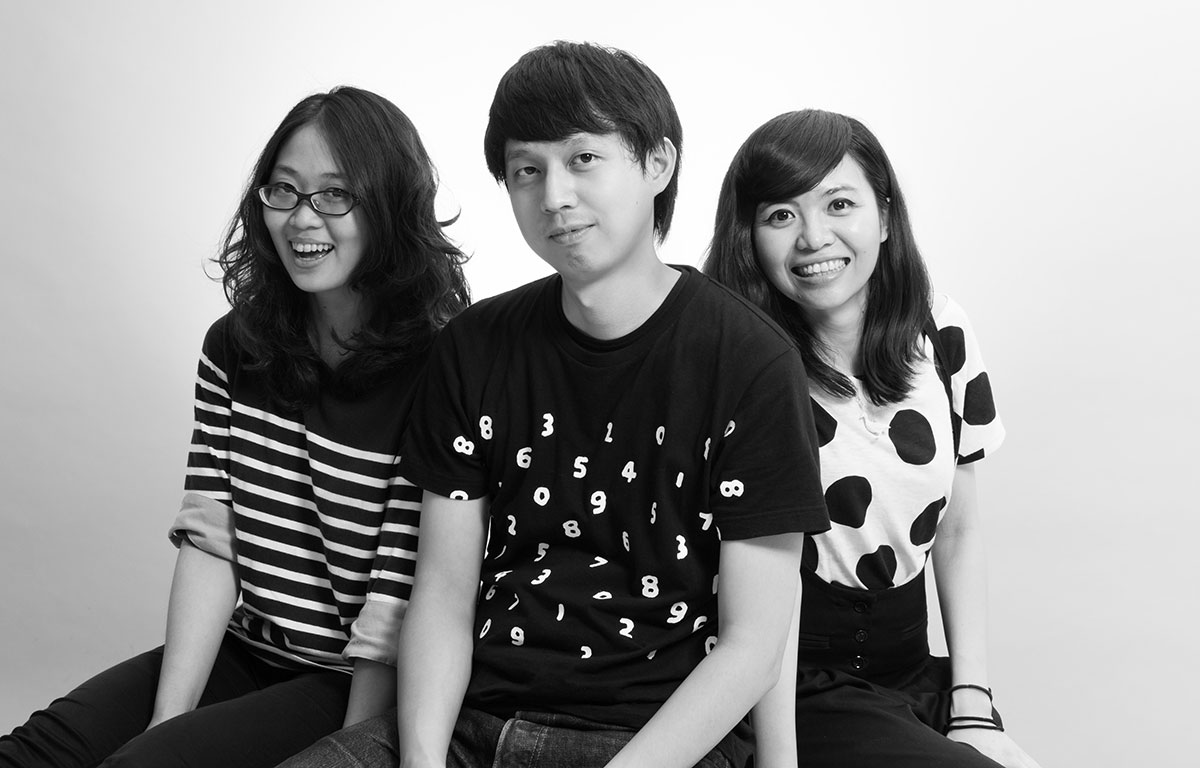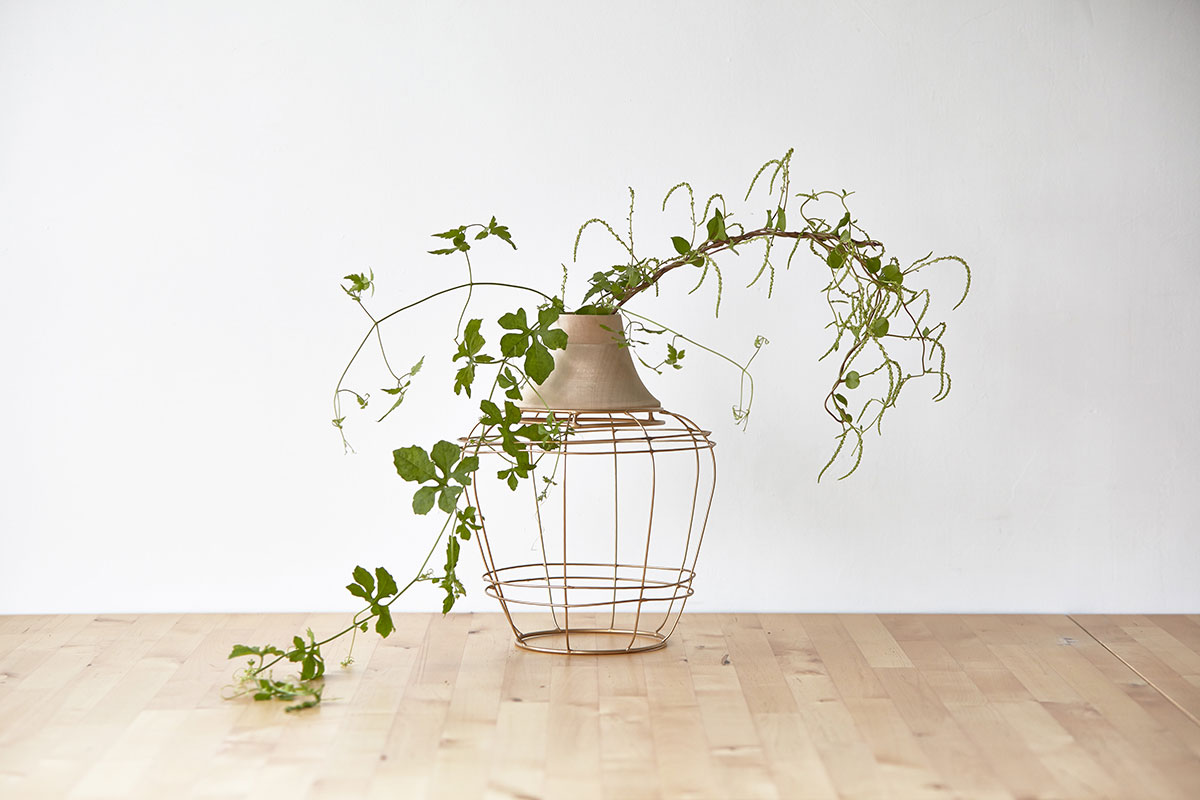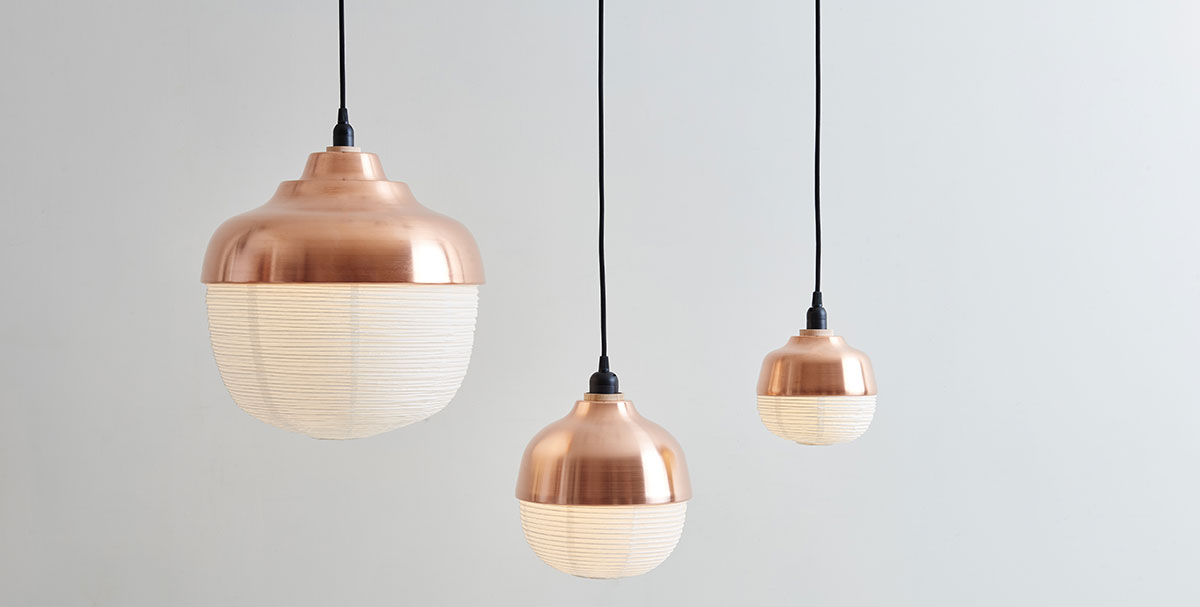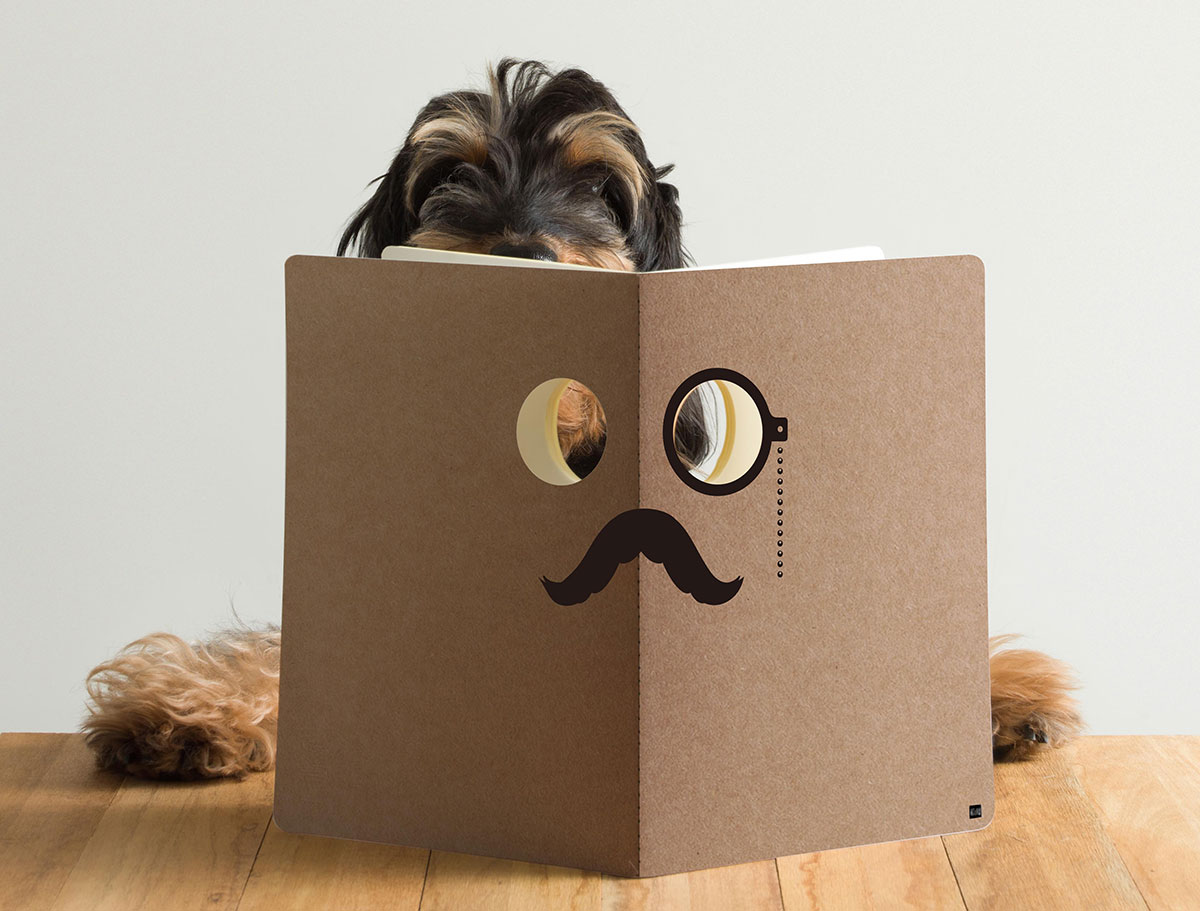Taiwan- and Helsinki-based KIMU Design Studio, comprising of members Kelly Lin, Ketty Sheh and Alex Yeh, crafts environmentally-friendly designs that combine elements of work and play. We speak to the trio to find out more about their design process.
How did your design studio come about?
At the start, it was just about a couple of friends who wanted to do some work and participate in an overseas exhibition together. But after that, we started to think more about establishing a company since we work perfectly together.

Kelly, Alex and Ketty are friends and design collaborators for their environmentally-friendly studio KIMU.
Is there a story behind the name?
The name KIMU comes from the Chinese character that means “seven woods”. The idea of seven woods simply originates from the original members, where there are seven “wood” Chinese characters in our names. Besides that, KIMU could also mean “perch” in Chinese, which also matches with our vision of the brand that provides our audience with a sense of relaxation and peacefulness.
Since there are three of you in the team, share with us how the design process is like.
Our design process is a bit tricky. Not so much of how three is a hard number to work with, but also because we work in different time zones. Alex is currently studying in Helsinki while two of us stay in Taipei. As a result, we work a lot via Skype and Facebook to discuss our products and branding related matters. We usually generate ideas and sketches together. After some democratic procedures in deciding our direction, we divide ourselves into different roles. For example, production, packaging and marketing.

Repositioning of the wooden flower ware in The Old New Vase transforms the cultural imagery of the object.
How do you resolve conflict?
There are always conflict during the creation process. But we know that deep down our hearts, we are all just trying to do what’s best for KIMU. That’s really important to understand. We also engage in a kind of cool down timeout by resting and sleeping on our ideas for a while and see if they change anything.
The Old New Light is such a big hit. What was the inspiration behind it?
The idea of The New Old Light originated from Taiwan’s geogaphic and cultural influence that blend the East and West. The simple shape of lampshade comes from traditional Chinese paper lantern. But the lamp combines contemporary industrial styles with soft shape. The New Old Light can be adjusted for different lighting effects by simply pulling down the lantern part to switch from a spotlight to a soft light. Due to the flexibility of lantern structure, you can also change the length of the lampshade.

The design trio’s much-loved product The Old New Light combines western and eastern elements where a wooden frame is paired with a paper lantern.
The Detective Survival Guide notebook appears to be used as a tool to people watch. Is that the case?
We use the Detective Survival Guide notebook in our daily lives a lot, but not so much for spying on people. It turns out that this design stands out too much, so there’s no way detectives could survive from the attention of others.

A few things you can do with The Detective Survival Guide notebook – observe moments, take down notes secretly and of course, be a detective of your own life.
If there’s one word to describe your design, what would it be?
Flexible.
This was adapted from an article originally written by Sharon Salim in the August 2016 issue of SquareRooms.



